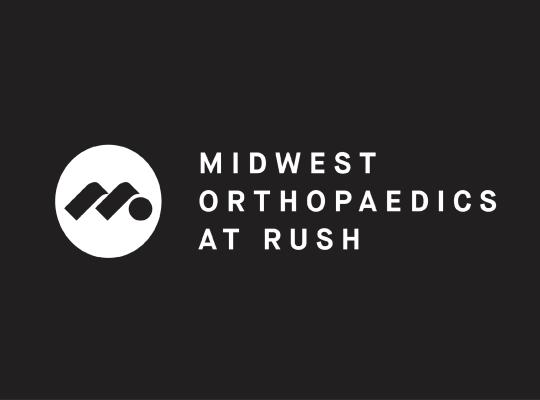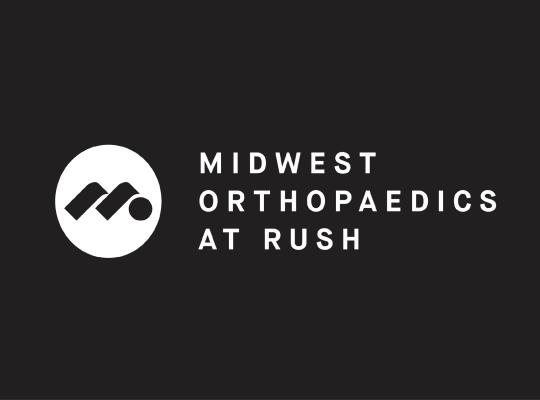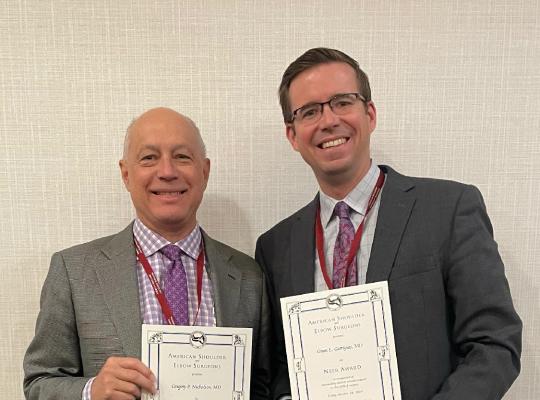November 5, 2021
Daylight Savings traditionally marks the start of winter with one less hour of sun at the end of the day. While it can be emotionally hard to lose that end-of-day sunshine, did you know that the darker winter season can be hazardous to your bones? That’s because if we aren’t careful, it can create a double whammy of less sun and exercise.
50% of the world’s population suffers from insufficient vitamin D and the reduction in outdoor activities in the winter has been associated with low vitamin D levels. As a 2012 NIH study confirms, the amount of vitamin D obtained from the sun may be limited by lifestyle, season of the year, use of sunscreen, and the pigmentation of the skin.
Vitamin D, referred to as “the sunshine vitamin,” is made naturally in the body when ultraviolet-B ("UVB") light strikes the skin. Vitamin D supports and enhances the absorption of calcium from the intestinal tract, along with phosphate. When Vitamin D levels are inadequate, calcium absorption is impaired which affects the formation of new bone tissue. Osteopenia and osteoporosis in adults and rickets in children can result.
Experts agree that we should all take counteractive measures to ensure year-round bone health.
Increase calcium intake
Calcium is the most critical mineral in your bones. Because bone cells are continuously broken down and replaced, it is important to consume calcium to keep bones strong. For all adults 19 to 50 years old and men 51 to 70, the Recommended Dietary Allowance (RDA) of calcium is 1,000 mg per day. This increases to 1,200 mg per day for women after 50 and men after 70.
“Studies show that it’s best to spread calcium intake throughout the day.”
“Studies show that it’s best to spread calcium intake throughout the day,” says Dr. Caitlin Nicholson, sports medicine physician, Midwest Orthopaedics at Rush. “It’s also best to get it from food rather than supplements.”
Good sources of calcium include dairy products, almonds, broccoli, kale, canned salmon with bones, sardines, and soy products, such as tofu. If you find it hard to get enough calcium from your diet, ask your doctor about supplements.
Increase Vitamin D intake
Vitamin D and calcium go hand-in-hand because your body needs vitamin D to absorb calcium. For adults 19 to 70, the RDA of vitamin D is 600 international units (IUs) per day. This increases to 800 IUs per day for those 71 and older.
Good sources of vitamin D include salmon, trout, whitefish, and tuna. Also, mushrooms, cheese, eggs, and D-fortified foods, such as milk and cereals are good sources of vitamin D. Sunlight also contributes to the body's production of vitamin D.
Perform weight-bearing activities
One of the best activities for bone health is weight-bearing exercise and resistance training because they promote the formation of new bone. Walking, jogging, climbing stairs, and lifting light weights, or using resistance bands can help you build strong bones.
Studies show that people who perform weight-bearing exercises showed increases in bone mineral density, bone strength and bone size. It also has been proven to prevent bone loss in younger and older women, including those with low bone density.
Limit smoking and alcohol
Research suggests that tobacco and alcohol use contribute to weak bones. Smoking also creates inflammation in the body which can aggravate arthritis in the joints. So, throw away the cigarettes and for women, stick to one drink a day and for men, no more than two a day.
Maintain healthy weight
Being too thin or too heavy isn’t good for your bones and joints. Eating too few calories has been linked to reduced bone density. In addition, stomach surgery, weight-loss surgery, and conditions such as Crohn's disease, celiac disease, and Cushing's disease can affect your body's ability to absorb calcium. Consume a healthy diet with at least 1,200 calories per day to maintain good bone health.

If you would like to speak with Dr. Cailtin Nicholson about your bone health, call 877-MD-BONES or click here to schedule an appointment. She is available for appointments in the Midwest Orthopaedics at Rush Joliet and Naperville locations.



